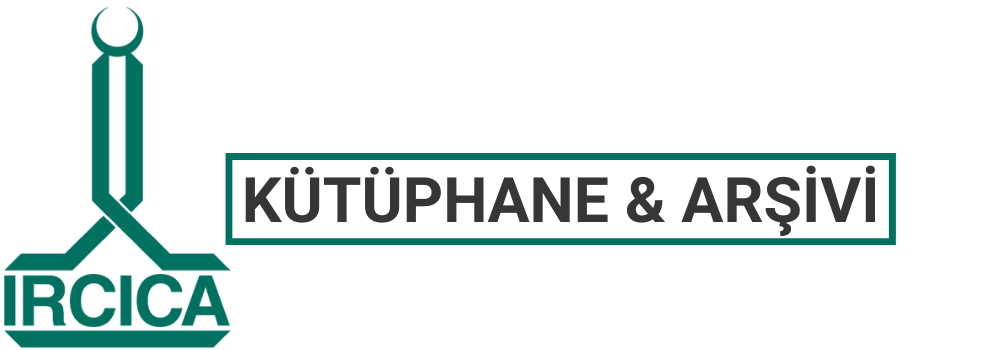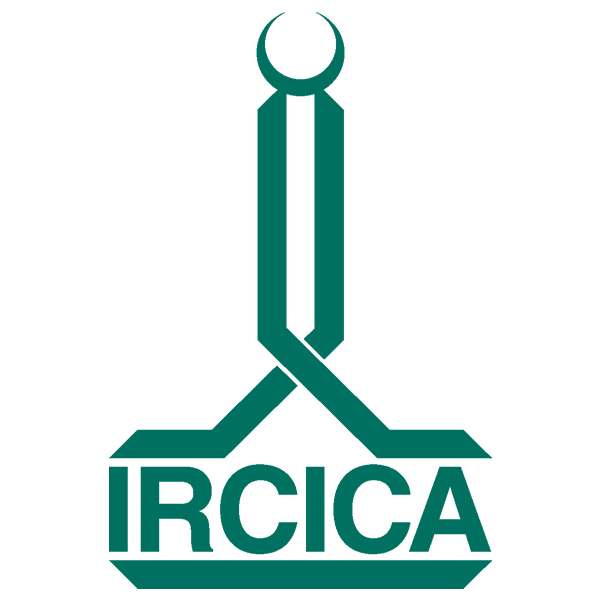IRCICA LIBRARY AND ARCHIVE
Monday-Friday: 09.00 am – 05.00 pm. Closed on official holidays.
Library Catalog & Farabi Digital
Library Catalog
Library & Archive Department New Web Site has been launched!
It provides up-to-date information about collections and services to support research. New collections and research tools such as subject guides will continue to be added gradually. Please stay tuned…
Explore Our Subject Guides!
It provides up-to-date information about collections and services to support research. New collections and research tools such as subject guides will continue to be added gradually.
Click HereDigital Collections: Al-Quds Sharia Court Registers
The Sharia Court Registers of Al-Quds dating from the Ottoman period are an invaluable resource for historians. Fifty registers, dating from 1545 to 1701, prepared by Prof. Dr. İbrahim Rabayia and published by IRCICA, are now available in digital format…
Click HereDigital Collections: Bosnia and Herzegovina
View our digitized materials on the history and culture of Bosnia and Herzegovina including the outcomes of IRCICA's architectural workshops, research and conference reports…
Click HereDigital Collections: IRCICA Publications
Some selected books from IRCICA publications as well as IRCICA Journal and Newsletter (English ed.) are now available in open access…
Click HereDigital Collections: Conference Audio Recordings
A valuable audio collection of IRCICA’s conference events, panels and lectures hosted leading experts from around the world on cultural subjects of international scholarly interest, with emphasis on the Muslim world is now digitally accessible...
Click HereDigital Collections: Maps
Maps from IRCICA Archive accessible online offer glimpses at the world historical geography…
Click Here
Digital Collections


